Home>Furniture & Design>Bathroom Accessories>Why Does A Shower Curtain Turn Pink
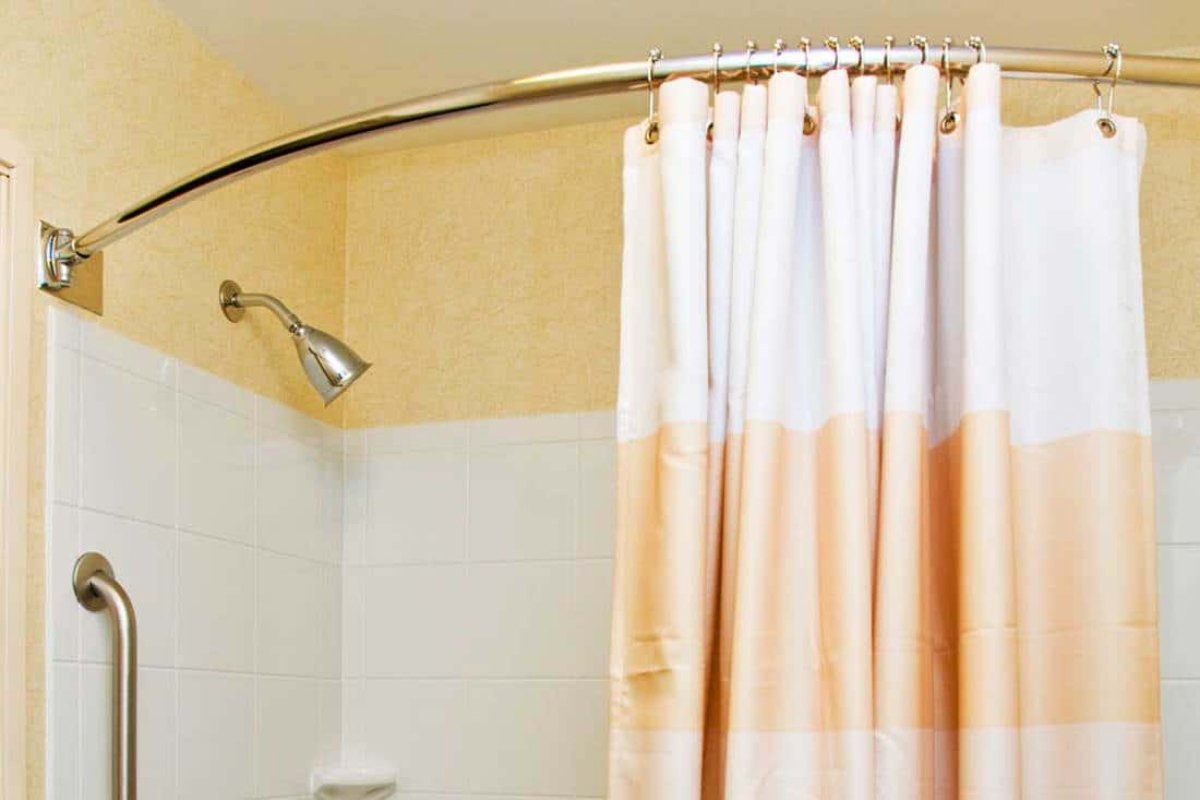

Bathroom Accessories
Why Does A Shower Curtain Turn Pink
Modified: August 20, 2024
Discover why your shower curtain turns pink and how to prevent it with the right bathroom accessories. Keep your bathroom clean and fresh!
(Many of the links in this article redirect to a specific reviewed product. Your purchase of these products through affiliate links helps to generate commission for Storables.com, at no extra cost. Learn more)
Introduction
Have you ever noticed an unsightly pink hue developing on your once pristine shower curtain? If so, you're not alone. The phenomenon of shower curtains turning pink can be perplexing and frustrating for many homeowners. However, fear not, as this article will delve into the science behind this peculiar occurrence, explore the common causes of pink stains, and provide practical tips for preventing this unwanted discoloration.
So, why does a shower curtain turn pink? This question has puzzled countless individuals, prompting them to seek answers and solutions. Understanding the underlying reasons behind this issue is the first step toward effectively addressing and preventing it. By unraveling the mystery of pink shower curtains, you can regain control over the cleanliness and aesthetics of your bathroom space.
Now, let's embark on a journey to uncover the science behind pink shower curtains, unravel the common causes of pink stains, and equip ourselves with valuable insights to maintain our shower curtains in pristine condition.
Key Takeaways:
- Say goodbye to pink stains on your shower curtain! Prevent bacterial growth by enhancing ventilation, regular cleaning, and selecting moisture-resistant materials. Keep your bathroom clean and fresh.
- Pink stains on shower curtains are caused by bacteria thriving in moist environments. Combat this by improving ventilation, selecting the right materials, and implementing regular cleaning routines. Keep your bathroom pristine!
Read more: Why Is My Shower Curtain Turning Yellow
The Science Behind Pink Shower Curtains
The appearance of pink stains on shower curtains may seem perplexing, but the science behind this phenomenon offers valuable insights. The primary culprit behind the pink discoloration is a type of bacteria known as Serratia marcescens. This bacterium is commonly found in moist environments, making the damp surface of a shower curtain an ideal breeding ground.
Serratia marcescens is known for its distinctive pink or reddish pigment, which it produces as a protective mechanism. When this bacterium thrives on the surface of a shower curtain, it can form a thin biofilm that appears pink in color. This biofilm serves as a shield, enabling the bacteria to withstand environmental stressors and adhere to the curtain's surface.
The presence of Serratia marcescens on shower curtains is often exacerbated by factors such as high humidity, inadequate ventilation, and infrequent cleaning. These conditions create an environment conducive to bacterial growth, leading to the development of pink stains over time.
Furthermore, the composition of shower curtains can contribute to the retention of moisture, providing an additional foothold for bacteria to flourish. Certain materials, such as vinyl and plastic, are prone to trapping moisture, creating an environment that fosters bacterial proliferation and the subsequent formation of pink discoloration.
Understanding the science behind pink shower curtains empowers individuals to take proactive measures in combating this issue. By addressing the underlying factors that promote bacterial growth and biofilm formation, it becomes possible to mitigate the development of pink stains and maintain the cleanliness of shower curtains.
In the next section, we will explore the common causes of pink stains on shower curtains, shedding light on the various factors that contribute to this pervasive problem.
Common Causes of Pink Stains
The development of pink stains on shower curtains can be attributed to a combination of factors that create an environment conducive to bacterial growth and biofilm formation. Understanding these common causes is essential for implementing effective preventive measures and maintaining the cleanliness of shower curtains.
-
High Humidity: Bathrooms are inherently humid environments, especially during and after showering. The accumulation of moisture on shower curtains provides an ideal setting for bacterial proliferation, including the growth of Serratia marcescens. The persistent dampness fosters the formation of biofilms, leading to the gradual emergence of pink stains.
-
Inadequate Ventilation: Poor ventilation exacerbates the impact of high humidity, as it hinders the evaporation of moisture and prolongs the dampness of shower curtains. Without proper airflow, the moisture lingers, creating a favorable habitat for bacteria to thrive and propagate. Addressing ventilation issues is crucial in preventing the onset of pink stains.
-
Infrequent Cleaning: Neglecting regular cleaning and maintenance of shower curtains can contribute to the accumulation of organic matter and soap scum, which serve as nutrients for bacteria. Over time, these residues become embedded in the curtain's surface, providing an additional substrate for bacterial colonization and biofilm development.
-
Material Composition: The material composition of shower curtains can impact their susceptibility to retaining moisture. Vinyl and plastic curtains, in particular, are prone to trapping moisture due to their non-porous nature. This characteristic creates an environment where moisture is trapped against the surface, fostering the growth of bacteria and the subsequent manifestation of pink stains.
-
Environmental Factors: External factors, such as the proximity of shower curtains to indoor plants or organic materials, can introduce additional sources of bacteria. Airborne particles and microorganisms may settle on the curtain's surface, contributing to the microbial ecosystem and facilitating the formation of pink discoloration.
By recognizing these common causes of pink stains on shower curtains, individuals can proactively address these factors to mitigate the risk of bacterial growth and biofilm formation. Implementing preventive strategies, such as improving ventilation, adopting regular cleaning routines, and selecting curtain materials with enhanced moisture resistance, can significantly reduce the likelihood of pink stains and preserve the cleanliness of bathroom spaces.
To prevent a shower curtain from turning pink, regularly clean and dry it to prevent mold and mildew growth, which can cause the discoloration. Use a mold-resistant shower curtain or spray it with a mixture of water and vinegar to prevent mold growth.
Preventing Pink Stains on Shower Curtains
Preventing the onset of pink stains on shower curtains entails a proactive approach that addresses the underlying factors contributing to bacterial growth and biofilm formation. By implementing targeted preventive measures, individuals can effectively safeguard their shower curtains against the development of unsightly pink discoloration. Here are practical strategies for preventing pink stains and maintaining the cleanliness of shower curtains:
-
Enhance Ventilation: Improving the ventilation in the bathroom is crucial for reducing moisture accumulation and inhibiting bacterial proliferation. Installing exhaust fans or opening windows during and after showering facilitates air circulation, expediting the evaporation of moisture and minimizing the dampness that fosters bacterial growth.
-
Regular Cleaning: Establishing a routine for cleaning shower curtains is essential in preventing the buildup of organic matter and soap scum, which can serve as nutrients for bacteria. Depending on the material, curtains can be machine-washed or wiped down with a suitable cleaning solution to remove residues and inhibit biofilm formation.
-
Select Moisture-Resistant Materials: Opting for shower curtains made from moisture-resistant materials, such as nylon or polyester, can mitigate the retention of moisture and create an inhospitable environment for bacterial colonization. These materials are less prone to trapping moisture, reducing the likelihood of pink stains.
-
Anti-Bacterial Treatments: Utilizing anti-bacterial cleaning agents or treatments specifically designed for shower curtains can help eliminate existing bacteria and inhibit their regrowth. These products can target and neutralize the microbial population, preventing the formation of pink stains and preserving the hygienic integrity of the curtains.
-
Maintain Dryness: After showering, ensuring that the curtain is fully extended and allowed to dry thoroughly can impede the persistence of moisture, limiting the conditions conducive to bacterial proliferation. Additionally, using a squeegee to remove excess water from the curtain can expedite the drying process.
-
Monitor Environmental Factors: Being mindful of environmental influences, such as the proximity of indoor plants or organic materials to the shower curtain, can aid in minimizing the introduction of additional sources of bacteria. Regularly inspecting and addressing potential sources of contamination can contribute to preventing pink stains.
By integrating these preventive strategies into regular bathroom maintenance routines, individuals can effectively mitigate the risk of pink stains on shower curtains and uphold a clean and hygienic bathroom environment. Proactive measures, such as enhancing ventilation, selecting appropriate materials, and implementing regular cleaning practices, are instrumental in preserving the visual appeal and cleanliness of shower curtains while combating the persistent challenge of pink discoloration.
Conclusion
In conclusion, the emergence of pink stains on shower curtains is a common yet perplexing issue that stems from the proliferation of Serratia marcescens bacteria and the formation of biofilms in moist bathroom environments. Understanding the science behind this phenomenon, including the impact of high humidity, inadequate ventilation, and material composition, provides valuable insights for addressing and preventing pink discoloration.
By recognizing the common causes of pink stains, individuals can proactively implement preventive measures to safeguard their shower curtains against bacterial growth and biofilm formation. Strategies such as enhancing ventilation, adopting regular cleaning routines, selecting moisture-resistant materials, and utilizing anti-bacterial treatments are instrumental in mitigating the risk of pink stains and preserving the cleanliness of bathroom spaces.
Maintaining dryness, monitoring environmental factors, and integrating these preventive strategies into regular bathroom maintenance routines are essential for combating the persistent challenge of pink discoloration. By taking a proactive approach and addressing the underlying factors that contribute to bacterial proliferation, individuals can effectively uphold a clean and hygienic bathroom environment while preventing the unsightly appearance of pink stains on shower curtains.
In essence, the prevention of pink stains on shower curtains requires a multifaceted approach that encompasses environmental management, material selection, and regular maintenance practices. By implementing these strategies, individuals can reclaim control over the cleanliness and visual appeal of their bathroom spaces, ensuring that shower curtains remain free from the unwelcome intrusion of pink discoloration.
Ultimately, by unraveling the science behind pink shower curtains, understanding the common causes of pink stains, and implementing targeted preventive measures, individuals can navigate the challenge of maintaining pristine shower curtains with confidence and efficacy. With a proactive mindset and a commitment to preventive maintenance, the persistence of pink stains can be effectively mitigated, allowing for a refreshing and visually appealing bathroom environment that exudes cleanliness and comfort.
Frequently Asked Questions about Why Does A Shower Curtain Turn Pink
Was this page helpful?
At Storables.com, we guarantee accurate and reliable information. Our content, validated by Expert Board Contributors, is crafted following stringent Editorial Policies. We're committed to providing you with well-researched, expert-backed insights for all your informational needs.
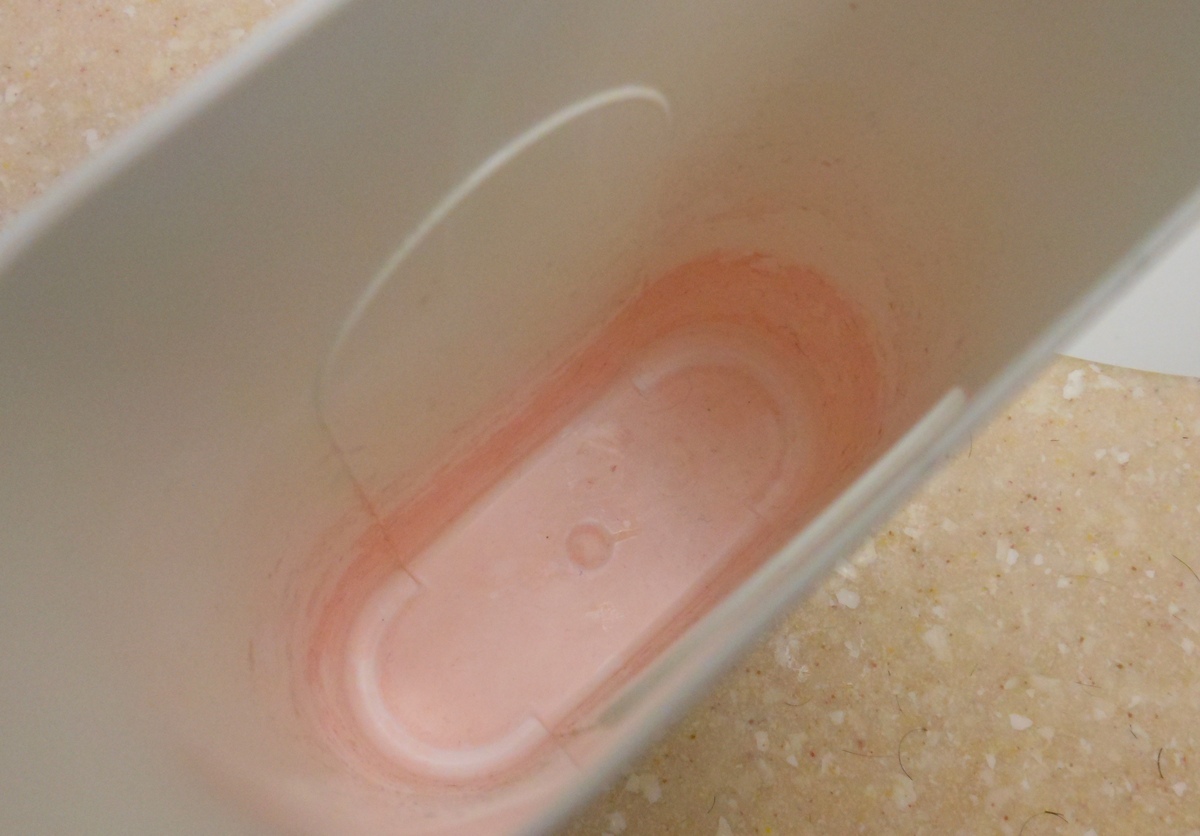
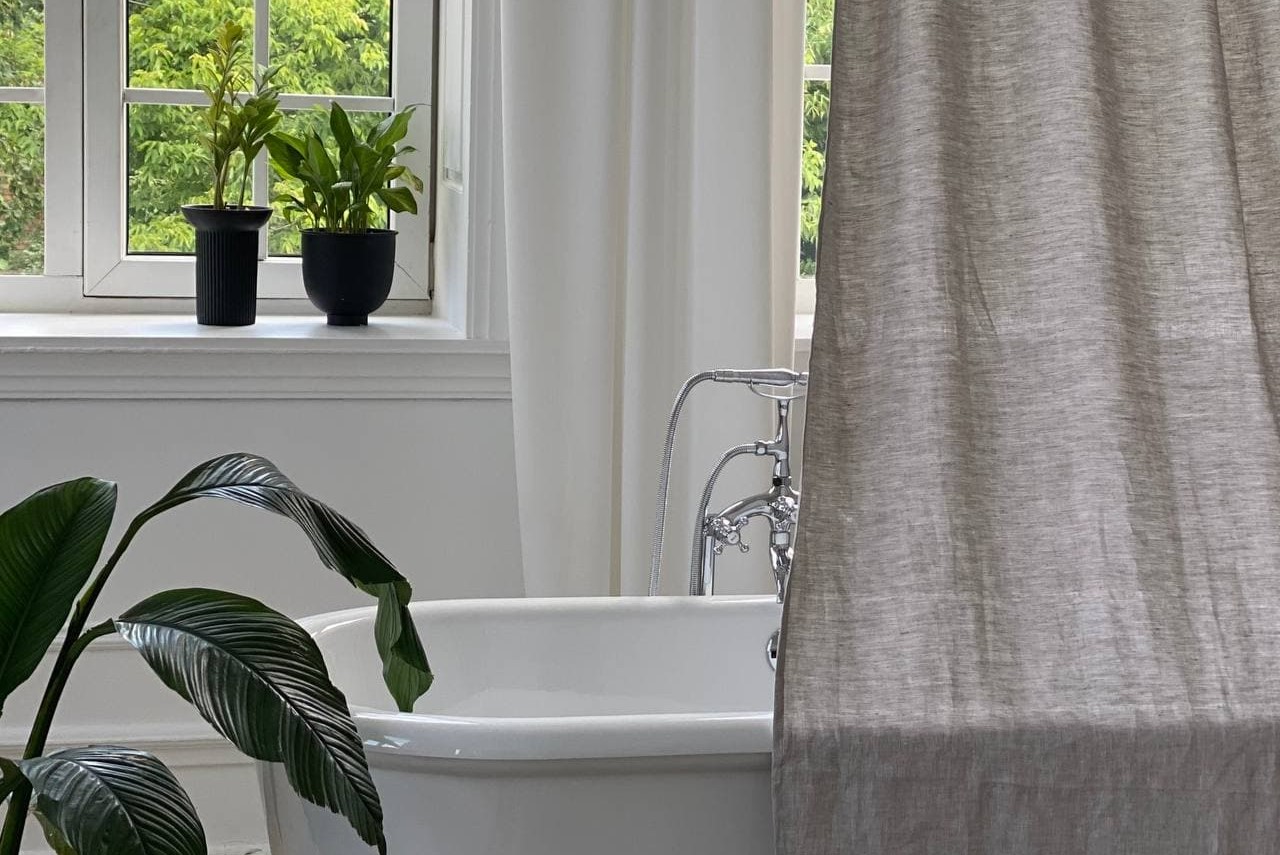
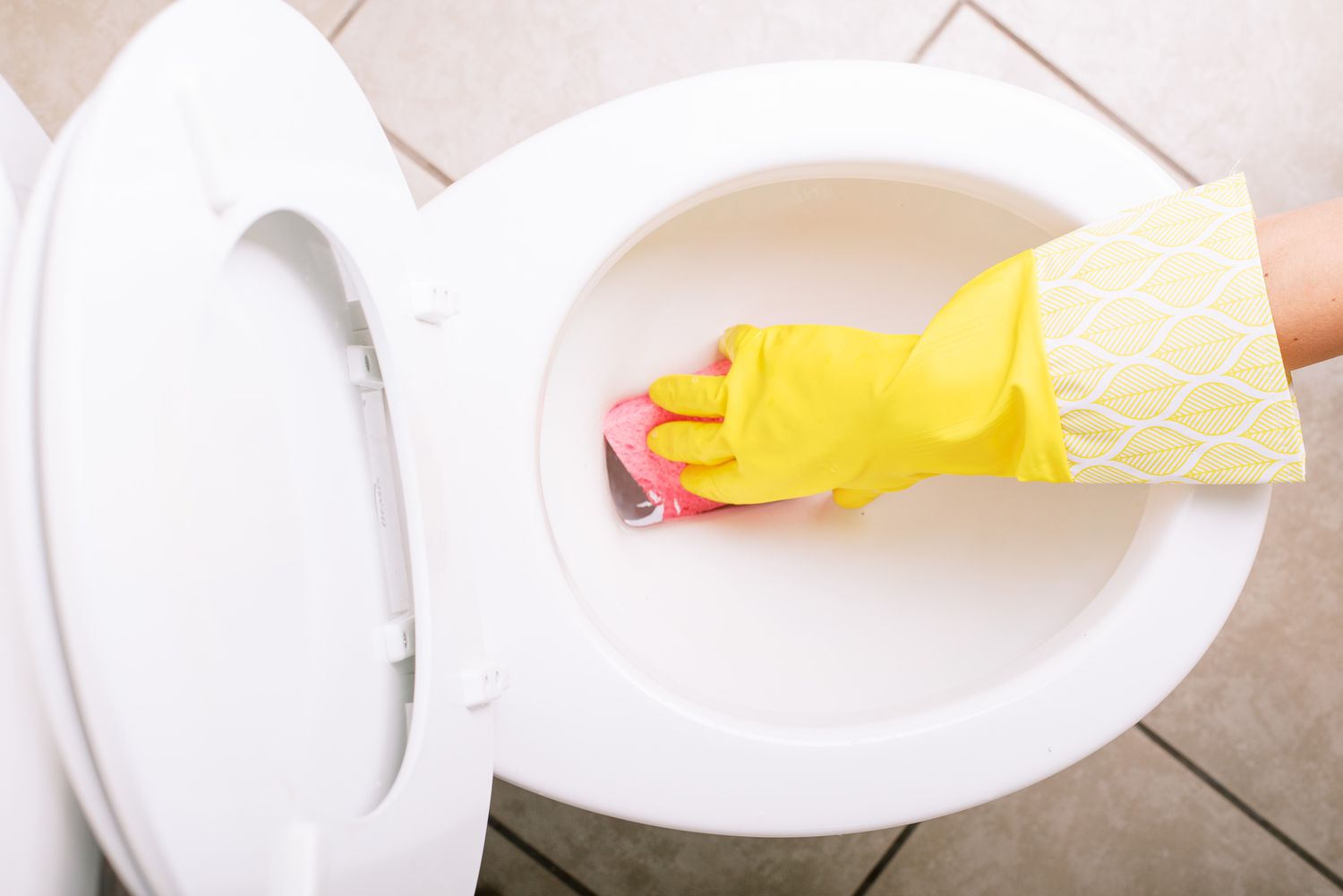
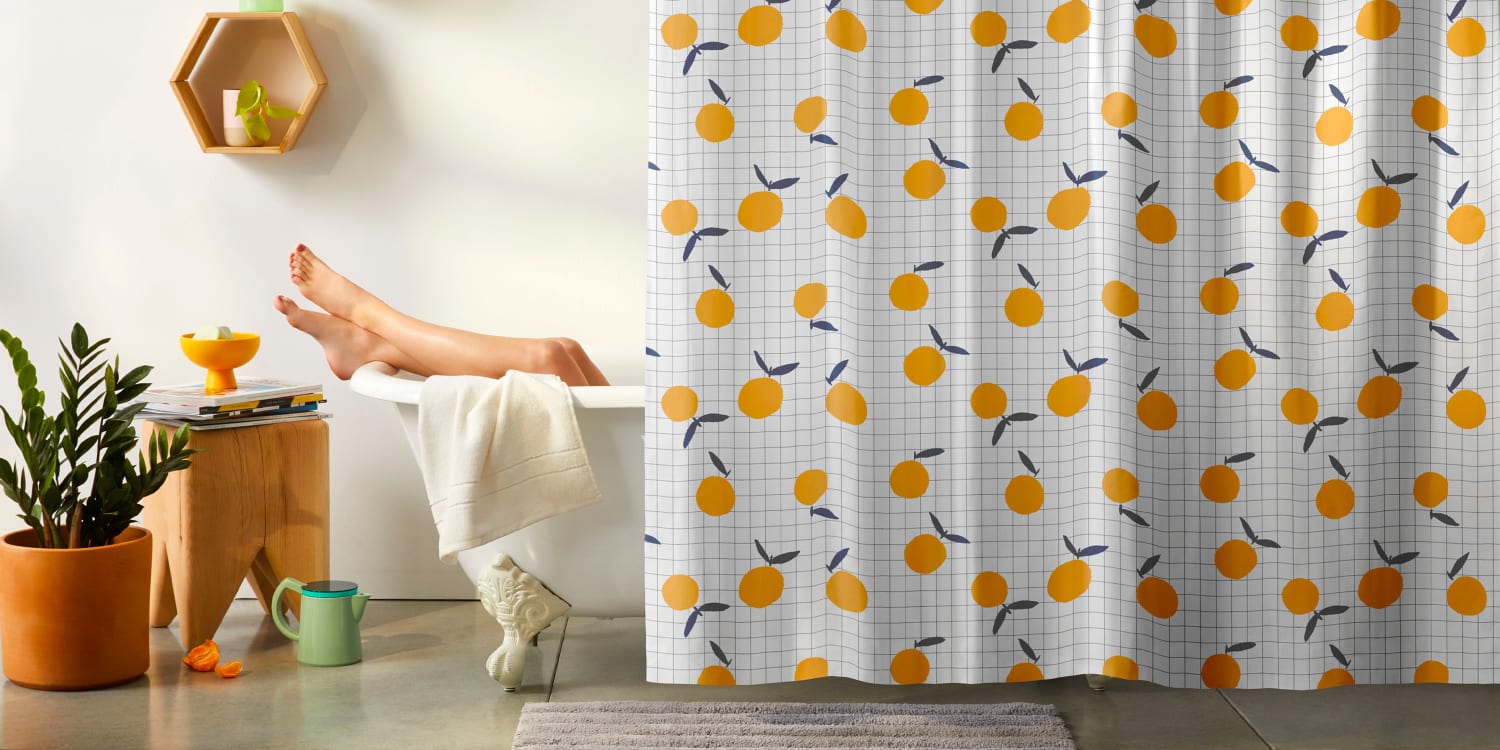

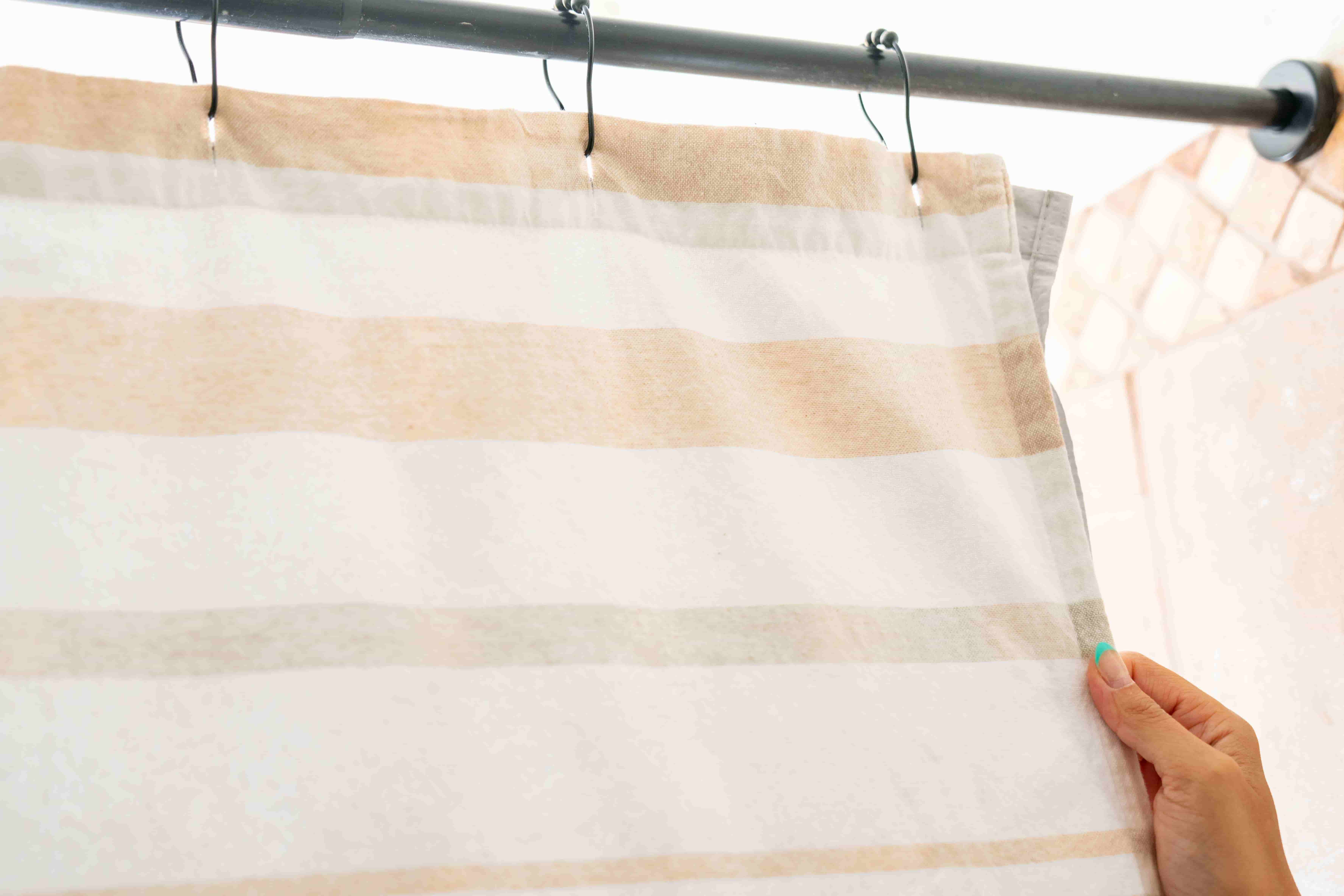
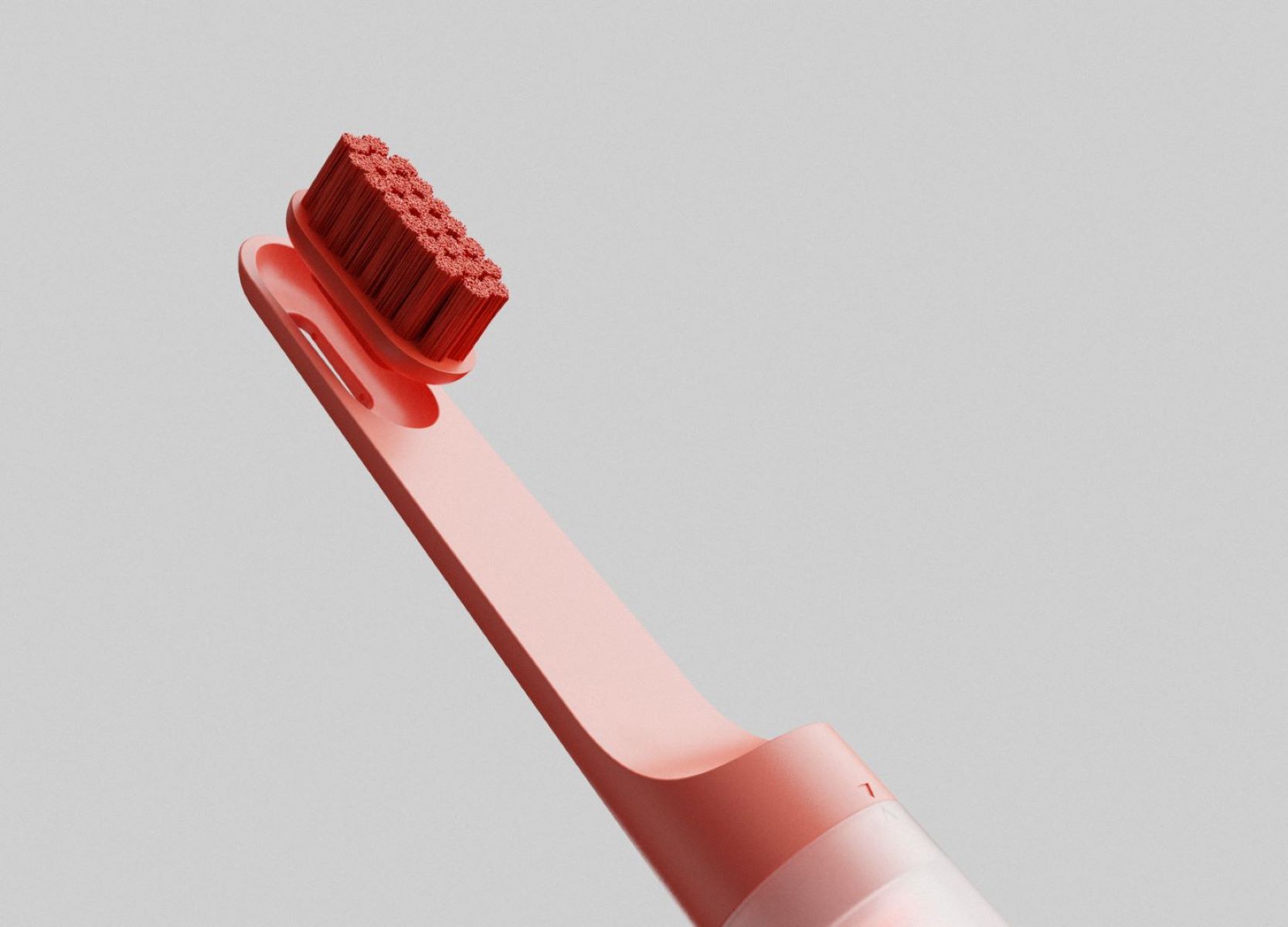
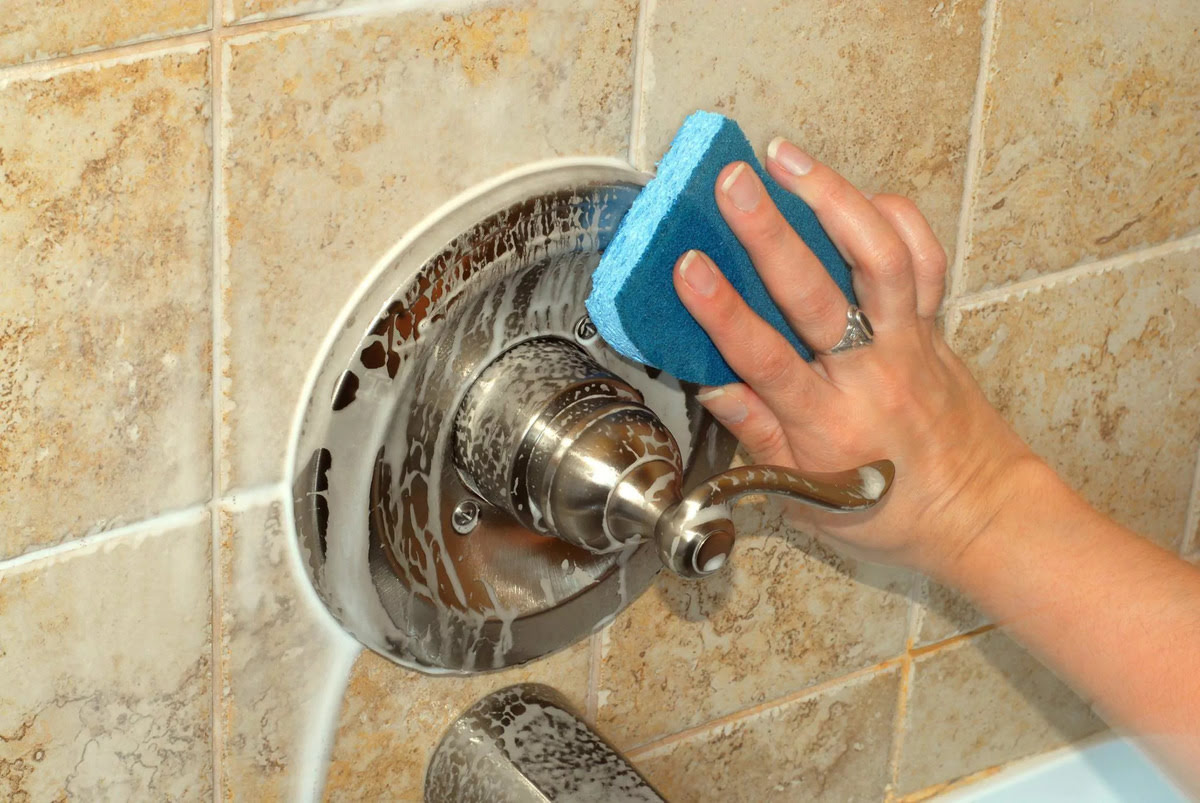
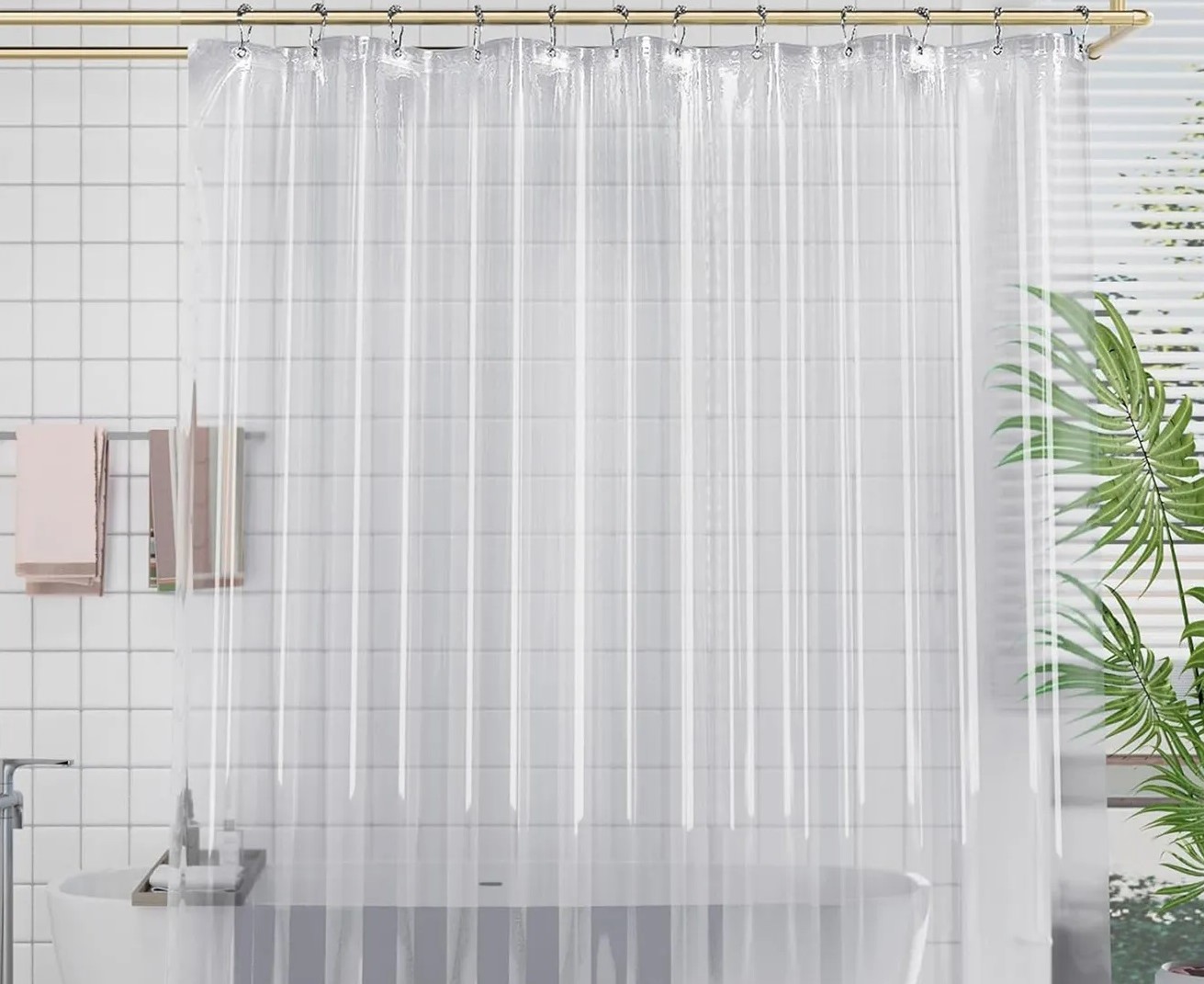

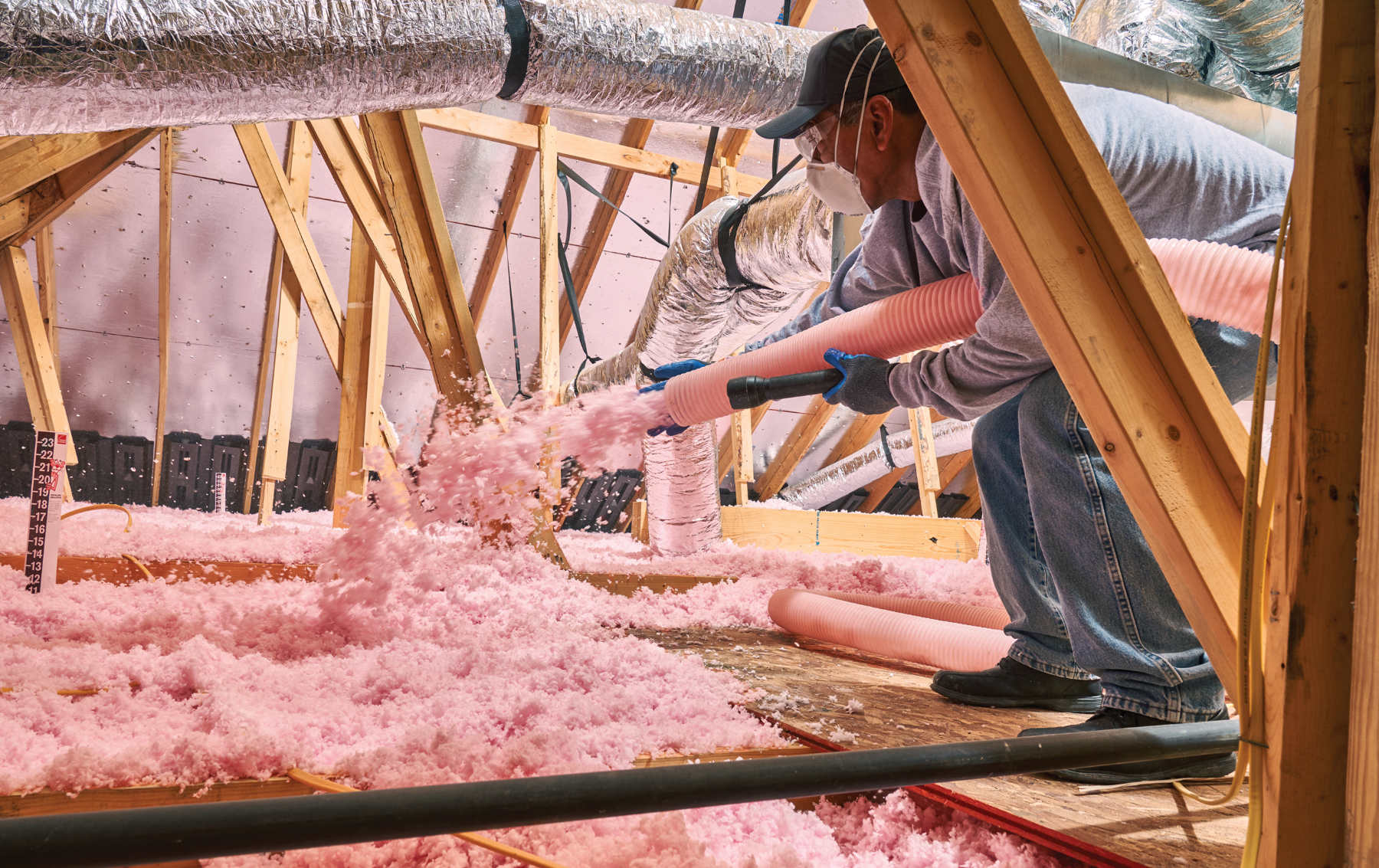

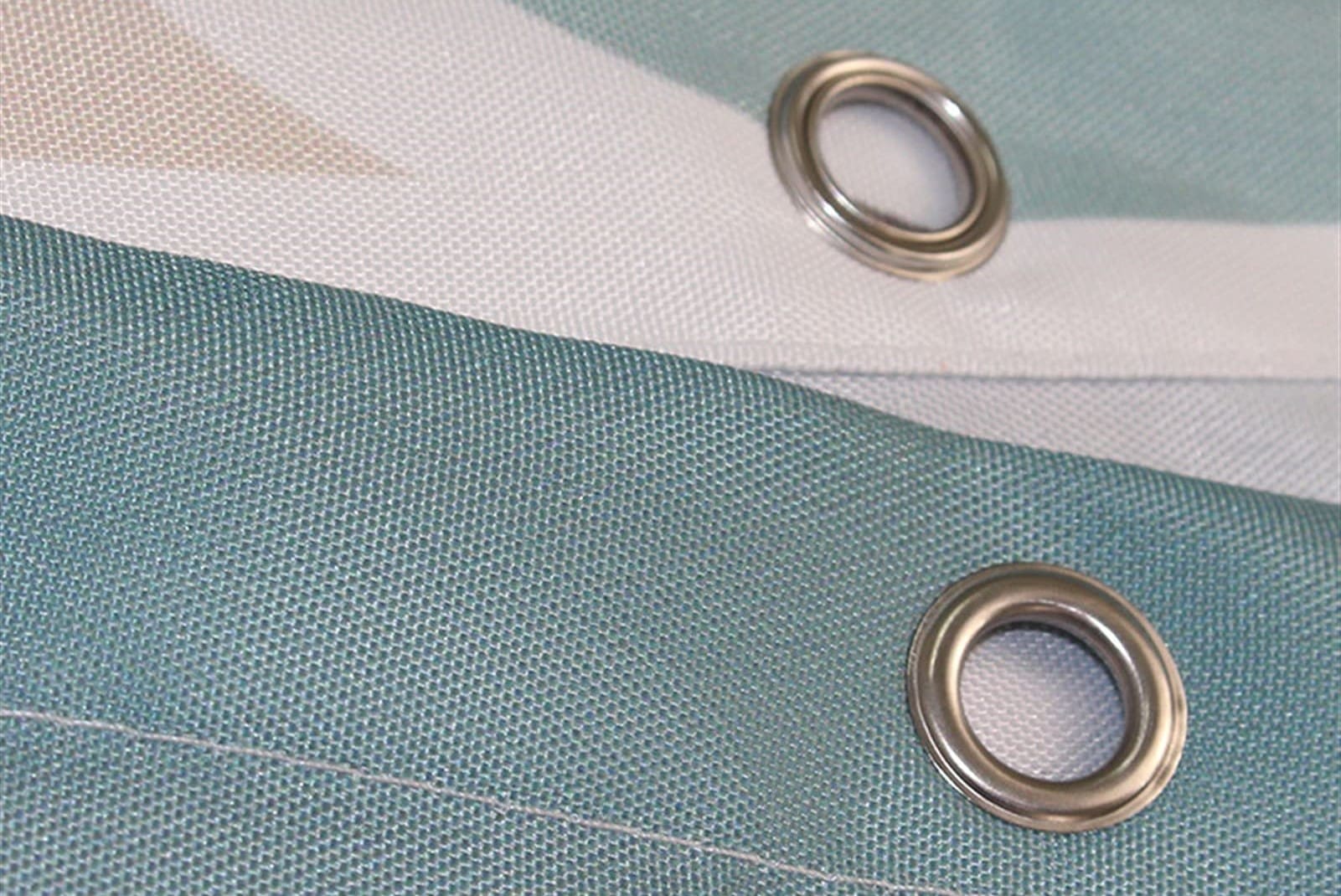
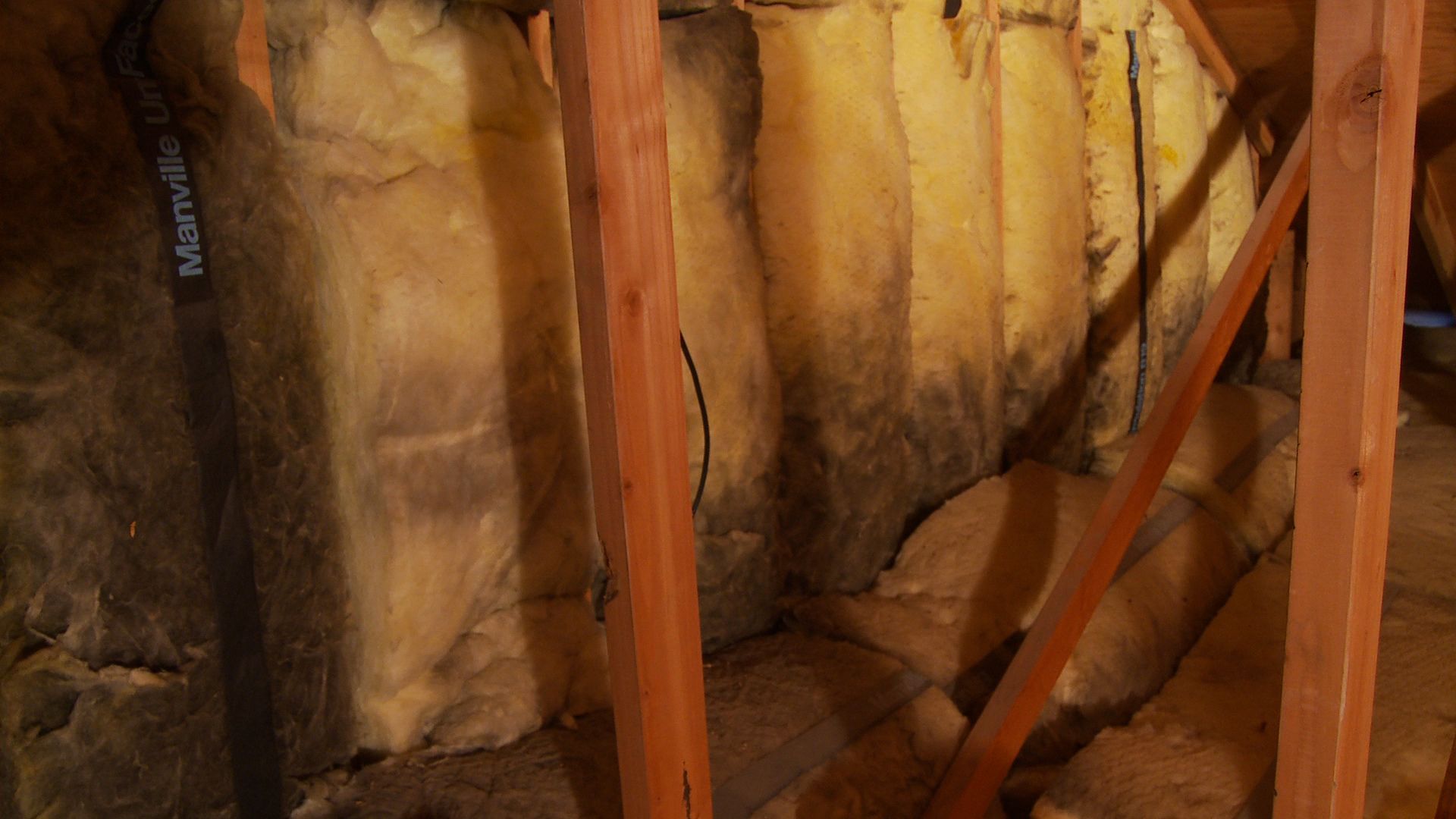


0 thoughts on “Why Does A Shower Curtain Turn Pink”